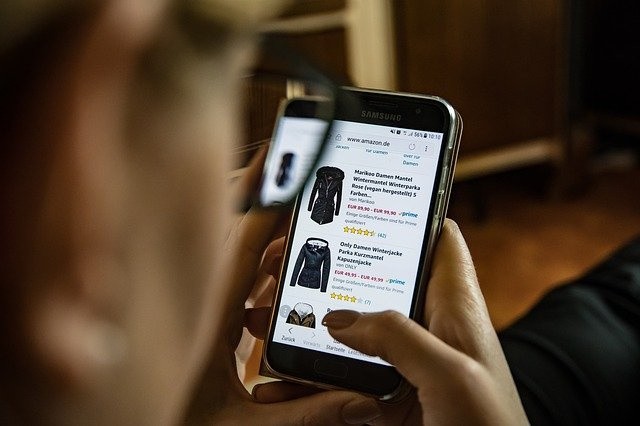US Holiday Retail Sales Pick Up 3%; Higher Than Expected as Online Shopping Surged

Retail sales in the U.S. went up 3% over the 75-day holiday period compared to a lower expected forecast, according to Mastercard SpendingPulse on Saturday.
Forecasts only looked forward to a 2.4% increase in retail sales for the holiday season, but online shopping during the pandemic managed to boost the numbers, said a report from Bloomberg.
Holiday e-commerce sales made almost 20% of this year's total retail sales, the report said.
But with the surge of online shopping, pick-up-in-store and contactless technologies, many retailers managed to stay afloat in the middle of an economically damaging pandemic, noted Reuters.
The expanded holiday shopping season covered October 11 to December 24 and showed good sales at the time.
Mastercard SpendingPulse online and in-store retail sales across all payment methods.
Holiday Shopping Started Early for Retailers
Normally, holiday shopping makes up a big chunk of retailer's annual sales. However, the health crisis made it difficult even for major retailers such as Walmart and Target to reach these numbers.
Capacity constraints in observance of safety protocol had been expected to affect holiday shopping.
Fortunately, the report said otherwise since holiday promotions started early.
Even e-commerce giant Amazon.com pushed its annual summer promos to October, making sales last longer than ever.
It allowed retailers to gain back the profit they missed during lockdowns earlier this year.
"This was a healthier holiday season than many had forecast," Steve Sadove, senior advisor for Mastercard, told Reuters.
He added that this trend of digital shopping will likely continue until next year as smaller retailers also start to embrace new ways of selling online.
This Year's Retail Sales Were 'Very Healthy'
These numbers are far better than the 3.5% decrease in retail sales that were seen during the 2008 U.S. recession.
Sadove also told Bloomberg that the number 3% increase was actually a "very healthy number" given the economic impact of the coronavirus pandemic.
He noted that the increase managed to show that despite the situation, the American consumer was resilient.
If compared to retail sales from a year ago, there was an increase of 49% of this year, said the Mastercard report.
Most Retail Sales Came From Furniture, Home Improvement Items
According to a report from ABC News, most of the homebound shoppers in the U.S. chose to invest in furnishing and buy food products than clothing and jewelry during this time of the year.
Furniture and furnishings made a 16.2% increase in sales while home improvement rose 14.1%.
There was also a noticeable 6% increase in appliances and electronics.
But the real problem really landed on the shoulders of smaller clothing shops.
Clothing stores and specialty retailers offered some discounted items in hopes to recover, or at least survive, from the difficult year.
There was some payoff to it since there was 15.7% increase in clothing sales online and a 3.3% in department store sales through e-commerce channels.
Since the start of the pandemic, they have been struggling to adapt to the rise of online shopping.
There have been more than 40 retailers in the U.S. that filed for bankruptcy since the start of shutdowns in March.
Subscribe to Latin Post!
Sign up for our free newsletter for the Latest coverage!

















